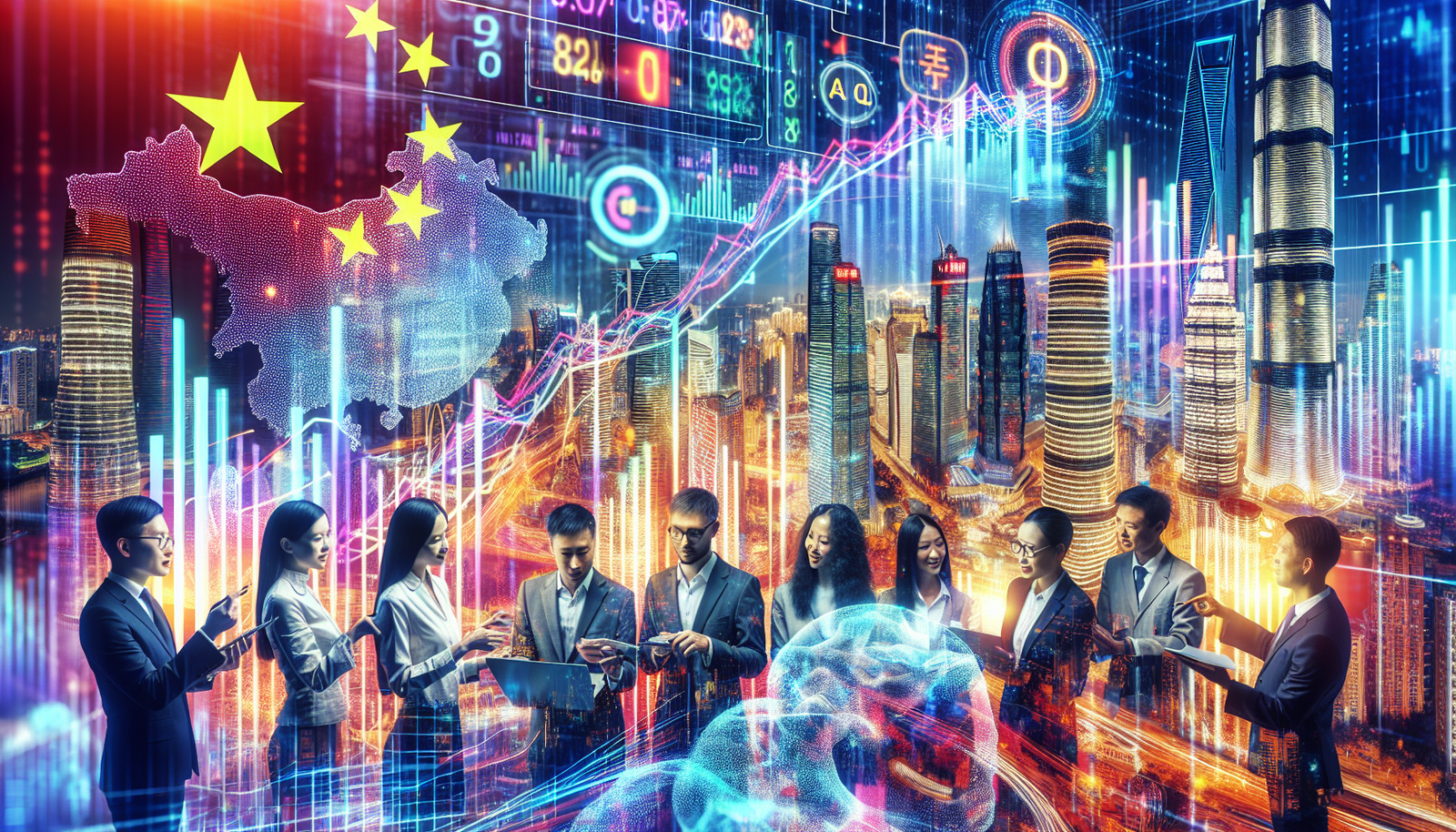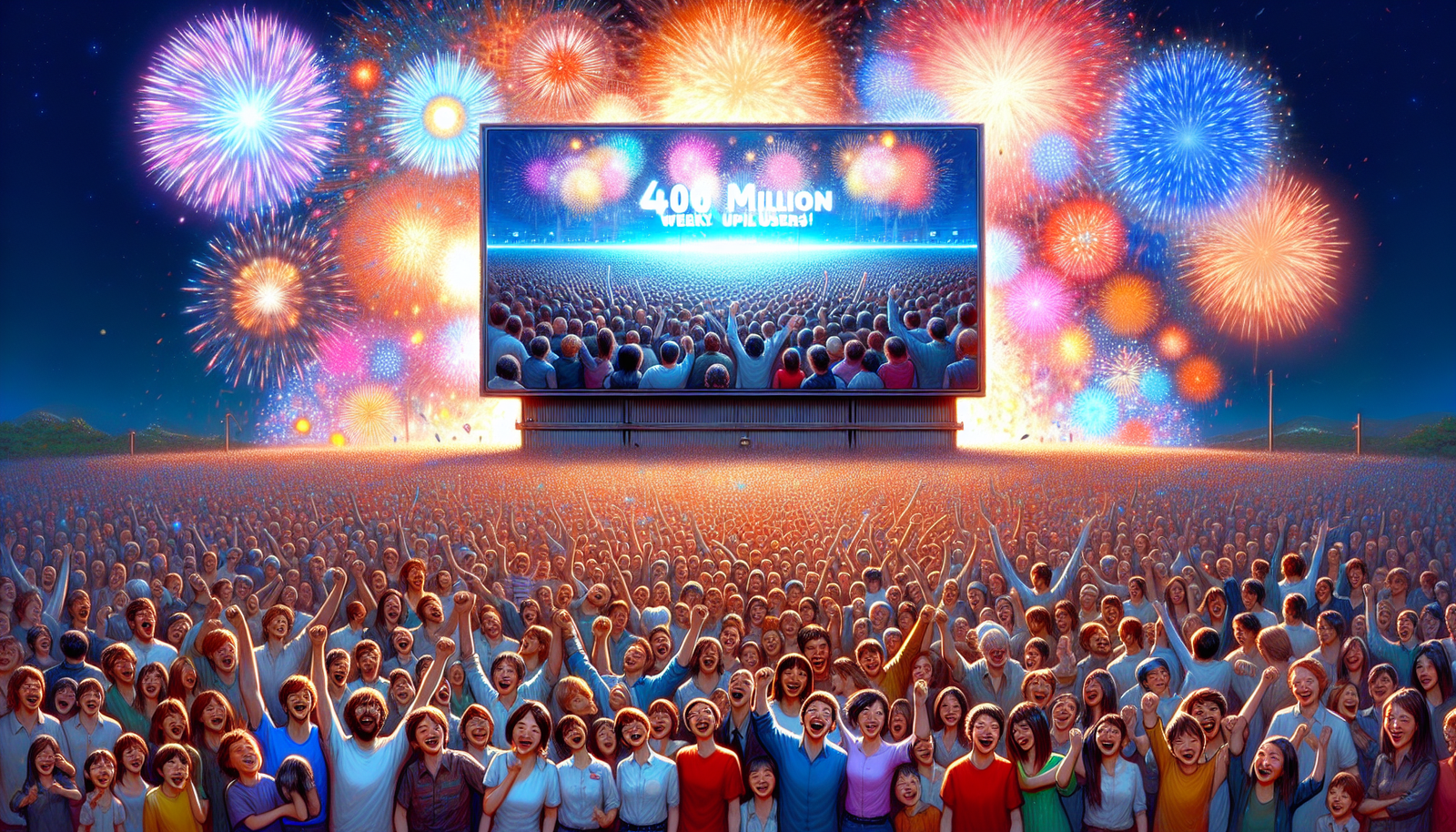The rivalry between the United States and China is redefining the contours of modern technology. The Manhattan Project 2.0 emerges as a strategic response to this competition. The goal? A decisive advance in AGI to ensure technological supremacy. This significant initiative is accompanied by restrictions on humanoid robots, highlighting the growing concerns about national security. Geopolitical stakes are intensifying, recalibrating trade and technological relationships between the two powers. *A bold response to Chinese ambitions* could greatly influence the future of artificial intelligence and emerging technologies.
The recommendation from the Commission for the development of AGI
The United States-China Economic and Security Commission (USCC) proposes a radical transformation of policies regarding artificial intelligence. Its recent report, published in November 2024, calls for a project modeled after the Manhattan Project, targeting the development of Artificial General Intelligence (AGI). This type of AI promises to match or even exceed human cognitive capabilities.
The 32 recommendations presented in this report alter interactions between the two powers, placing AI at the center of a new strategic rivalry. The establishment of a government-supported program is presented as a response to China’s technological advancements in this field.
Control of critical technologies and restrictions
A central point of the report lies in the establishment of an ambitious governmental framework for AGI. Multi-year contracts would be awarded to leading AI companies, data center operators, and cloud providers. National defense gives this program maximum priority, illustrated by the “DX Rating” label, usually reserved for projects critical to national security.
This initiative is accompanied by export controls, investment supervision, and new trade policies aimed at protecting the American technological advantage. The implications of this government intervention raise questions about the balance between private innovation and state control.
Restrictions on autonomous robots
The Commission’s recommendations extend to the field of humanoid robots, whose capabilities include advanced dexterity and enhanced intelligence functions. The restriction of imports of these technologies manufactured in China constitutes a significant aspect of this policy. This choice responds to increasing concerns regarding the impact of connected technologies on vital infrastructures.
Weakening supply chains in the face of the rise of Chinese technologies shapes a new strategy within the Commission. Strengthening oversight of technology transfers and investment flows addresses the need to anticipate Chinese advancements in sensitive sectors.
Revisions of trade relations
A notable measure lies in the recommendation to revoke China’s Permanent Normal Trade Relations (PNTR) status. Such action could completely redefine technological supply chains and trade flows that have historically interconnected the two nations. This interconnection, once seen as a strength, may now prove to be a considerable strategic risk.
Meanwhile, the issue of data transparency appears essential. Increased reporting requirements target investments and technology transfers, seeking to clarify financial movements conducted by offshore entities. This control aims to fill a gap in current oversight mechanisms.
Challenges and future perspectives
The initiative to establish AGI will not be without challenges. The scientific complexities surrounding this technology remain significant and do not guarantee rapid results, even with considerable funding. The proposed restrictions could disrupt global innovation networks, from which both nations have historically benefited.
The success of this policy will depend on cooperation with allies who share similar concerns regarding technological advancements. Approaching the issue of export controls and investment filtering in a multilateral manner seems unavoidable for optimal effectiveness.
Technological rivalry and geopolitical implications
The technological competition between the United States and China enters a new phase, where government policies will more directly influence development. The ability of companies to adapt to an increasingly complex regulatory framework will shape the industrial landscape of the coming years.
State-level decisions could either propel or stifle innovation. The technological sphere will then prepare a playing field where international collaborations will be subject to increased scrutiny, turning every aspect of innovation into a crucial strategic issue.
(Photo by Nathan Bingle)
Related links: Access to Llama AI for security agencies, Tesla robotaxi facing competition, Threat of the Trainium chip, AI battle between Google and Microsoft, Top AI image generators
Frequently asked questions about the Manhattan Project 2.0 and the advance in AGI
What is the Manhattan Project 2.0?
The Manhattan Project 2.0 refers to a strategic initiative put forward by the United States to develop Artificial General Intelligence (AGI) systems, similar to the original Manhattan Project that aimed to create the atomic bomb. This takes place in the context of increasing technological competition with China.
Why are the United States considering a project similar to the Manhattan Project?
The United States wants to establish a program to counterbalance China’s technological advancements in a strategic area like AGI. This initiative is part of a strategy to preserve technological advantages in national security.
What are the main recommendations of the report from the United States-China Economic and Security Commission regarding this project?
The report recommends the creation of a government program dedicated to the development of AGI, as well as the implementation of stricter controls on exports and the importation of sensitive technologies, particularly autonomous humanoid robots.
How does the rivalry between the United States and China influence the development of AGI?
This rivalry intensifies the efforts of both nations to dominate the field of artificial intelligence, with implications for supply chains, research and innovation, as well as an increased shift towards protectionist policies in the technology sector.
What challenges might the United States encounter in developing AGI?
Challenges include the scientific complexity of developing AGI, the risks of prohibiting technology transfers that could stifle innovation, and the need for international cooperation to consolidate efforts against common threats.
What could be the consequences of revoking the Permanent Normal Trade Relations (PNTR) status for China?
Revoking the PNTR status could destabilize trade relations and alter supply chains in the technology sector, increasing costs and potentially leading to a retreat of foreign investments in China.
Why is data transparency important in the context of the Manhattan Project 2.0?
Data transparency is crucial for monitoring investments and technology transfers to prevent leaks of sensitive technology to adversarial actors, while ensuring that initiatives meet ethical and security standards.
How is the global community reacting to the developments in AGI by the United States and China?
The global community is closely monitoring these developments as advances in AGI could have significant ramifications for security, economic, and international regulations. This could also lead to increased cooperation or intensification of rivalries between allies and adversaries.






